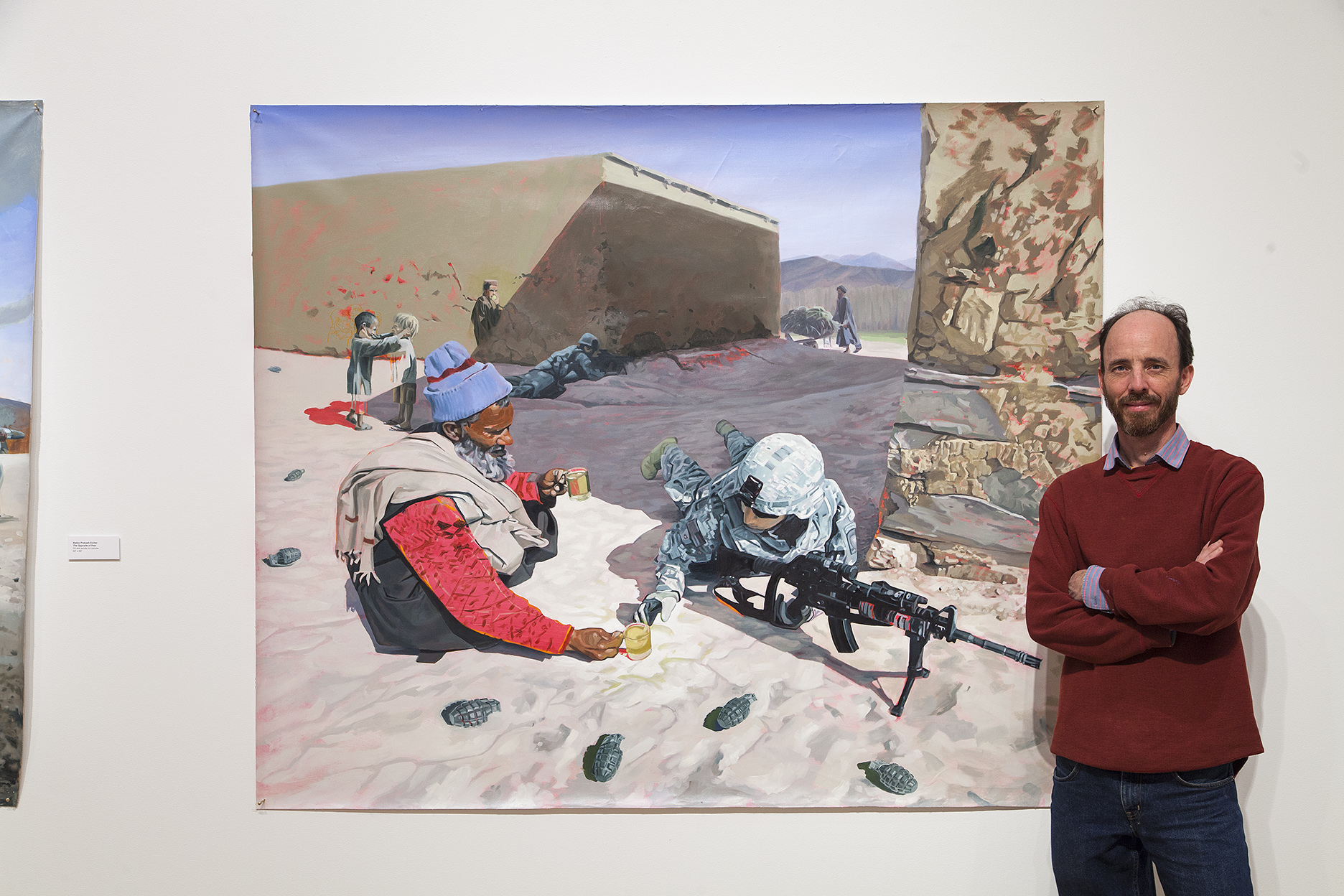
27 Feb Alumni Spotlight – Stefan Eicher ’90
This subject of this month’s Alumni Spotlight, Stefan Eicher, is an artist who helped found the arts organization Art for Change and currently teaches in the Art Department at Woodstock School. Stefan has an MFA in Visual Art and an MBA in International Development. Following his brother’s footsteps, Stefan took the sciences at Woodstock and only discovered his passion for art during his time as a student in college. He describes art as a medium that speaks truth about the world, doing so quietly. In addition to teaching, Stefan continues to serve on the board and help with program development and strategic planning for Art for Change in New Delhi, a platform to address social issues through art. Over time the platform has evolved from activism through art to a forum to ask deeper questions about what it means to be human and how we are to live together. Read below for our interview with our Alumni Spotlight, Stefan Eicher, Class of 1990.
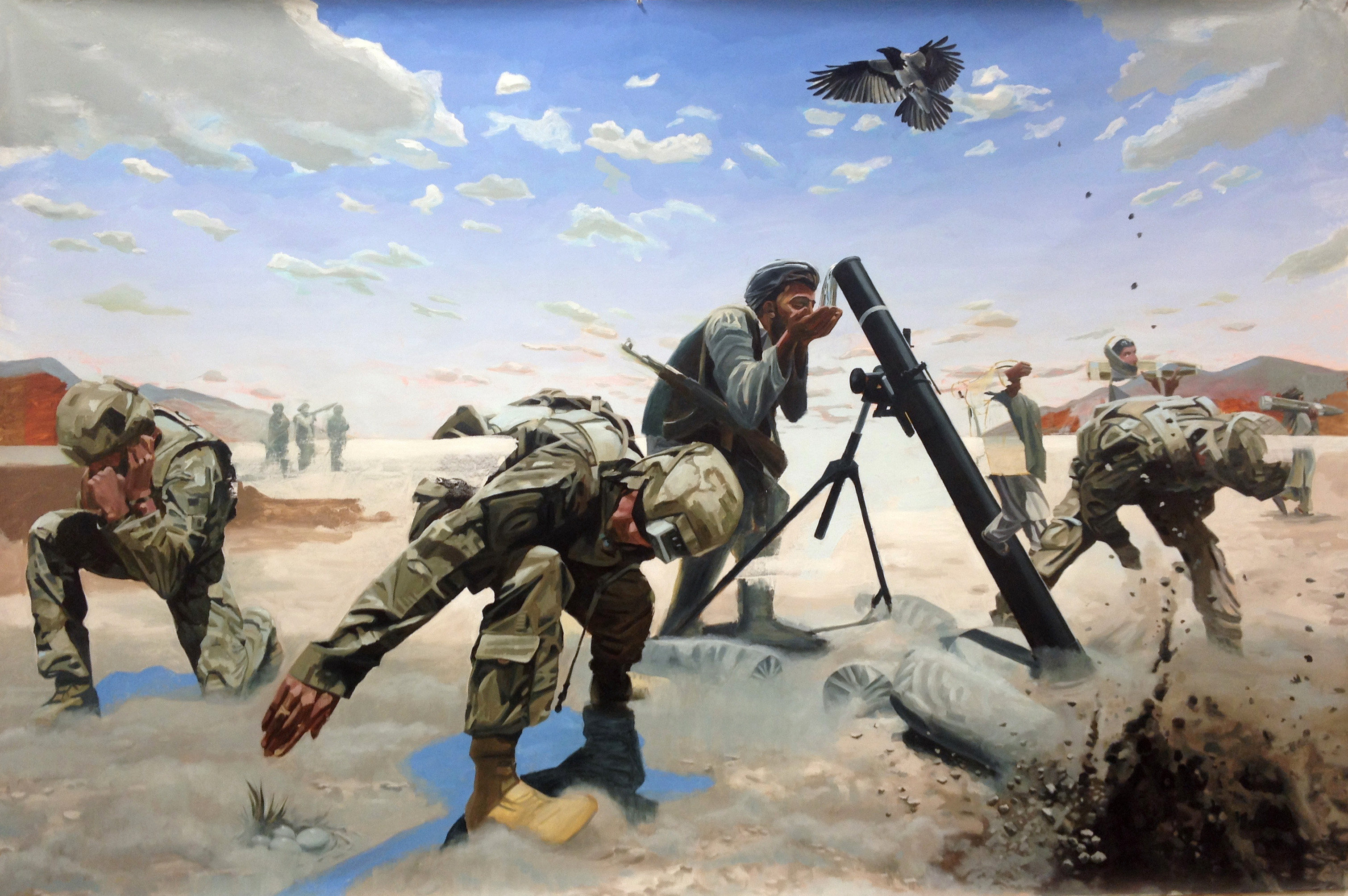
What sparked your interest in art?
I had always enjoyed creating as a child, but it never seemed very important to the people around me, so it felt very peripheral growing up. It was only as an adult that I started to understand the profound joy of creating something of lasting beauty, something that you bring to life, that then exists separate from you. But also something that creates and carries meaning, that expresses ideas, that has the power to speak. Art says things, whether you want it to or not. The best art speaks truth about the world, about who we are and who we are meant to be, and it does so quietly. I think that makes an incredible combination, beauty and truth.
Did Woodstock play a role in shaping you as an artist?
Ironically I never took an art class at Woodstock. I followed in my brother’s footsteps and pursued the sciences. Physics came easiest of the three, and I thoroughly enjoyed how passionate our physics teacher Dr.Viney was about the subject—as well as the shenanigans we got away with in class because of his absent-mindedness. It just so happened that throughout my four years at Woodstock Physics was consistently scheduled in the same period as Art. It was only in college that I started taking art classes. I enjoyed them so much I added Art to Physics for a double-major.
What is Art for Change and what inspired it?
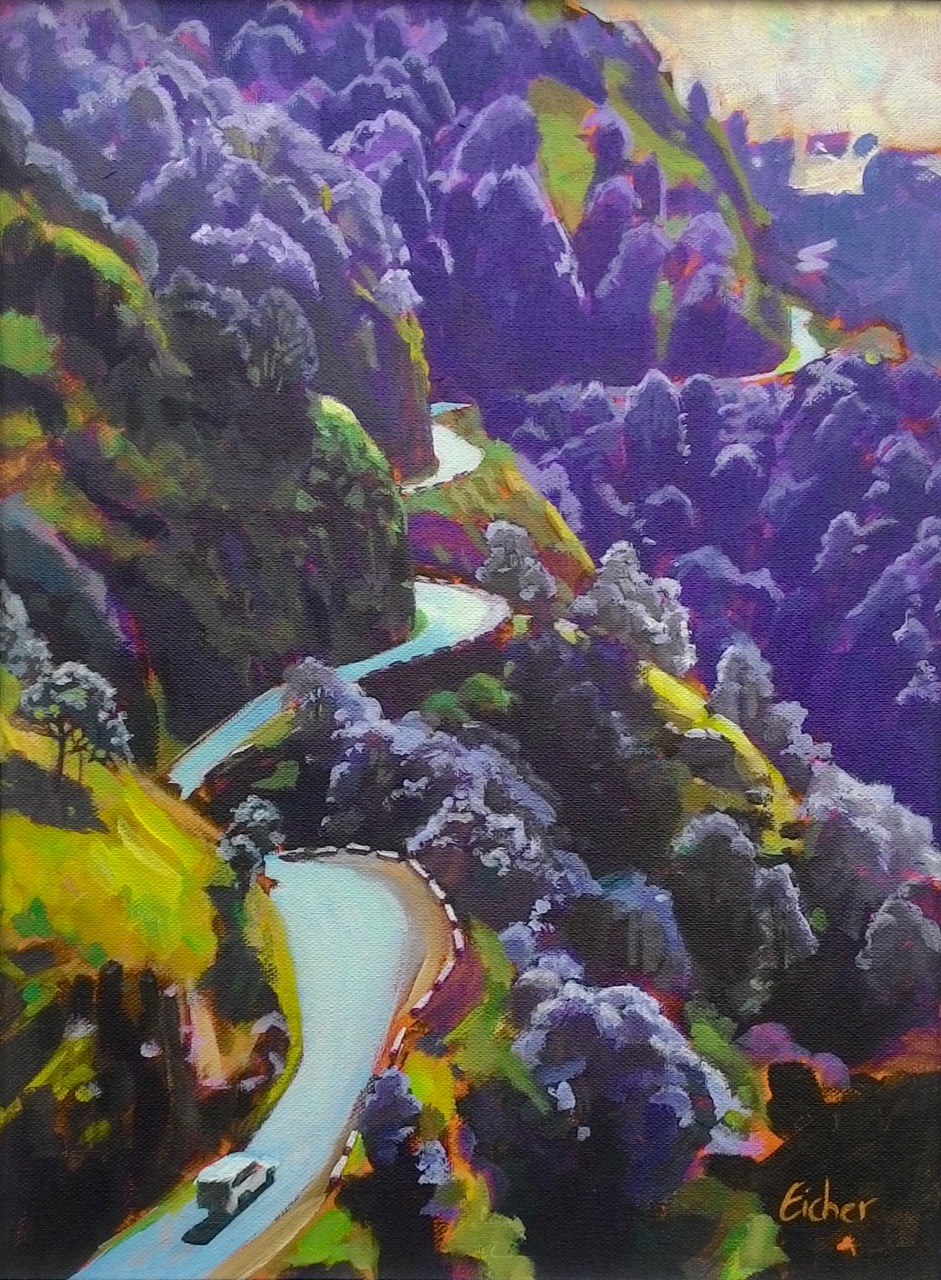
Art for Change is the result of three things coming together: our very human need for community, creativity, and a sense of purpose. Several years after college three friends with whom I used to pull all-nighters painting in the Art Department basement at college wanted to get together for a reunion. We picked a theme, spent a week painting together in a lake-side barn in the Indiana State Forest, and followed it with an exhibition where we sold half our paintings and recouped our costs. That mix of intense comradery, creativity, and collective reflection was so addictive we ended up repeating it every year. At the same time, I’d been working in international development and felt the craving for similar creative community where I lived in Delhi. I was also starting to see the potential for art to speak to the issues I was seeing people addressing through social work or activism. I started organizing similar one-week painting workshops with artists I met in Delhi where we would choose a social issue to explore through our art. This eventually grew into an artist-run gallery & studio, and then the arts organization Art for Change and our current artist residency program. We began with simple, maybe simplistic, responses to issues like female foeticide and religious violence. We spent two weeks with a community of destitute men on the outskirts of Delhi both painting with them as well as about the issue of destitution. Initially it was mainly activism and advocacy, taking 15 artists into Asia’s largest TB hospital in Delhi to listen to patient’s stories and paint a human portrait of the disease. I had bumped into Woodstock alum Vivek Dharmaraj (‘87) and the result was a partnership with a health advocacy group and the CII (Confederation of Indian Industry) in an art exhibition to try to mobilize industry leaders to respond to the disease. But over the years I think we’ve gradually realized that for us art is less activism and more asking the deeper questions about what it means to be human and how we are to live together. In our annual International Artist Residency last March, twenty one artists from India, US, UK, and Australia asked the question “What to do with Difference?” Where the world is increasingly fractured by politics, religion, and ethnicity, what do we do with the things that set us apart? We were very relieved when the artists got out by the skin of their teeth as the airports closed about a week after the residency ended! With Covid we’ve had to adjust things and our new director, Woodstock alum Isaac Gergan (’06) did a brilliant job of organizing a ‘virtual artist residency’ with 42 artists working from their homes. For two weeks they created a pretty intense virtual community and with inputs from health care professionals explored issues around mental health. Interestingly there’s three of us Woodstock alum currently involved with Art for Change, including Joshua John (’98). Do check out www.artforchange.space
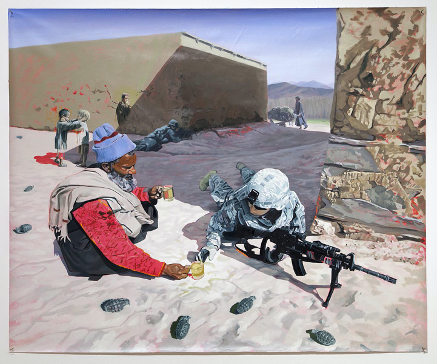
How do you define success and what are some of the most distinctive moments that have defined your career as an artist?
That’s a great question. I really like the idea of ‘being yourself to the best of your ability.’ At its heart are things like talent, hard work, integrity, being able to make beautiful and meaningful things, and being able to serve or sacrifice for others. As an artist there is a need for authenticity, being honest with one’s short-comings and with the world around you. I believe the art that gets produced from a place of authenticity has a power of its own. Having said that I think success is maybe just being a good father and a good husband. In terms of the career as an artist I think where art and people come together is where I’ve seen the greatest significance. Whether it is a Woodstock student in art class having a simple ‘aha’ moment, or a public art project in Indianapolis that brought together four racially divided neighbourhoods to attempt to break the world record for most sparklers lit. Or even simply the experience during an artist residency of a fellow artist dropping by your workstation to share an opinion which makes your painting so much better. I have found working with other artists, whether young professionals or now my students, where you’re able to be authentic with each other and authentically create together, to be a really profound experience.
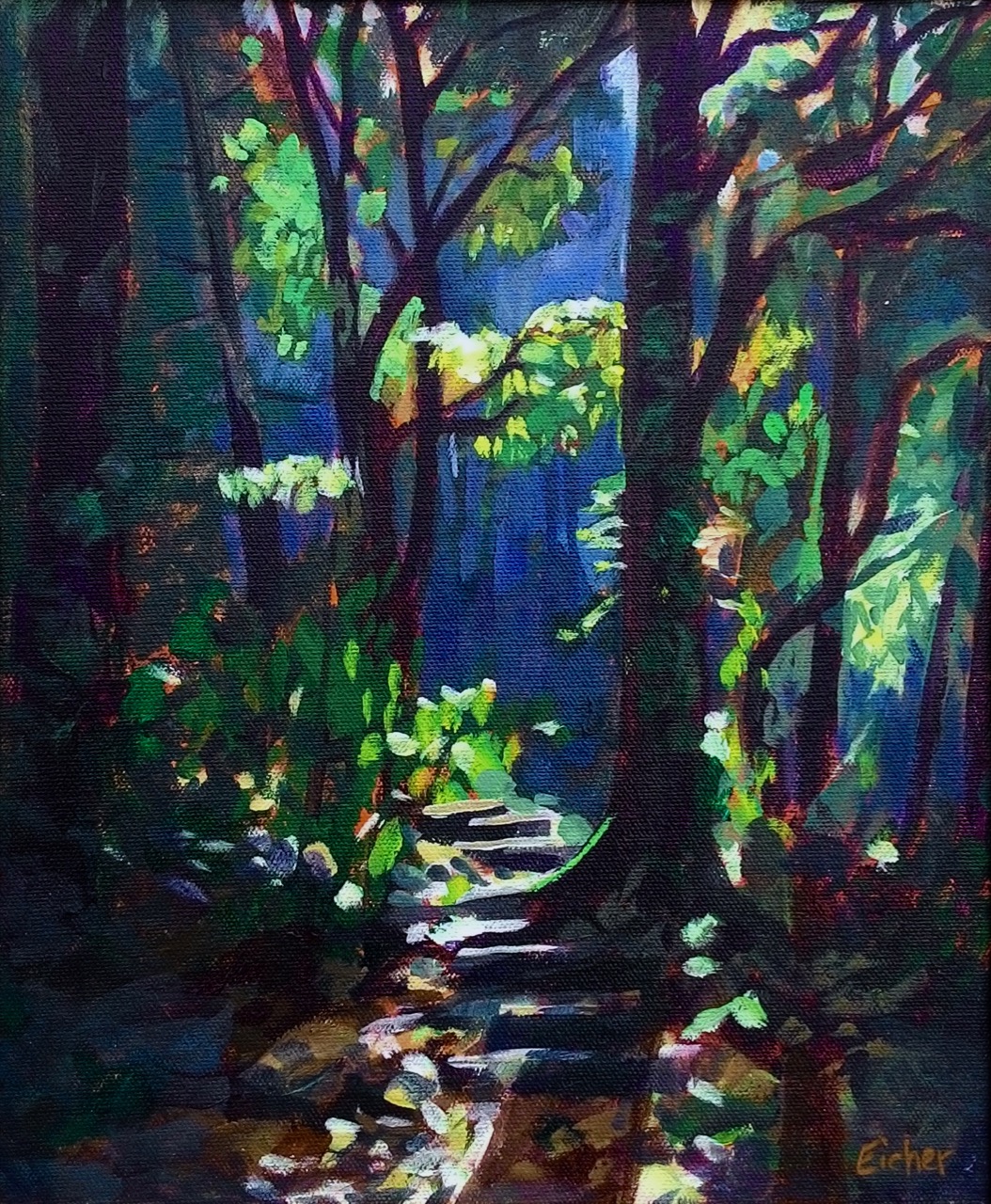
What advice would you give to future artists?
My biggest encouragement is to go to art school! Get as much training as you can. And work as hard as you can. The more skilled you get and the more you ‘know’ your materials, the more you will be able to do with your art. And art college also opens up professional opportunities you would not find otherwise. The other advice would be to be a learner and an entrepreneur! In an increasingly image-based, technology-enabled, networked, globalized, knowledge-based world creativity and visual literacy are valuable commodities. Increasingly you probably won’t so much join a career as create your own career, bundling or integrating a studio practice or allied creative practice with any number of professions.
What were some of the challenges you have faced as an artist and how have you overcome them?
Being an educator and arts facilitator in addition to being an artist with my own studio practice I feel I never have enough time to make enough of my own art. But of course most practicing artists are balancing parallel vocations and face the same challenge. And whether you think of yourself as an artist or not, nurturing creativity is incredibly important and sometimes surprisingly relevant. In my current 10th grade unit we’re looking at connections between art and other vocations, like medical schools that increasingly send nurses and doctors to art galleries because it’s been shown to improve observational and patient communication skills. Of course, when you are teaching art the synergy with an active studio practice is even more obvious. What thrills me about teaching IB at Woodstock is the emphasis on connecting learning to the real world, and I love the fact that the art teachers at Woodstock are both educators and artists.
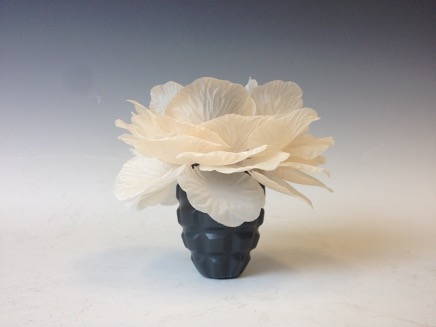
What are some of your most valued memories of your time at Woodstock?
I think my best memories have a lot to do with people, both friends and teachers, as well as with the opportunities to be challenged and grow, whether physically, ethically, or academically. I loved having a hundred brothers in Hostel (with only one set of parents). And I loved the many sports (the Mussoorie Olympics!). I took up cross-country as a shy 9th grader because I realized nobody practiced, and with just a little extra effort I could beat everyone. But then I ended up loving the experience of sacrificing every last thing in you for a race. Then there was Ms. Hoffman’s 10th grade English strictness, which I came to appreciate only after the fact, because I still love metaphors and foreshadowing and can still recite Hamlet and William Wordsworth. There was Mr. Matheson’s quiet integrity and gentle values as teacher and coach. Discovering how hilarious Mr. MacIntosh was on Activity Week after living in mortal terror of his disciplinary actions as Vice-Principal. Being allowed to take a month off my senior year to do the Basic Mountaineering course at NIM in Uttarkashi. The list goes on!
Are you currently working on any projects?
I am currently working on an ongoing series capturing the play of light on the Mussoorie hillside, particularly on the many paths in and around Landour. There’s an ethereal quality of seeing things against the sun, when the sun catches the edges of things, or the patches of illumination you see in a forest. As I walk the hillside I’m reminded of an instructor who said “you paint your lights with your darks.”
Interview by – Nupur, Class of 2021






No Comments